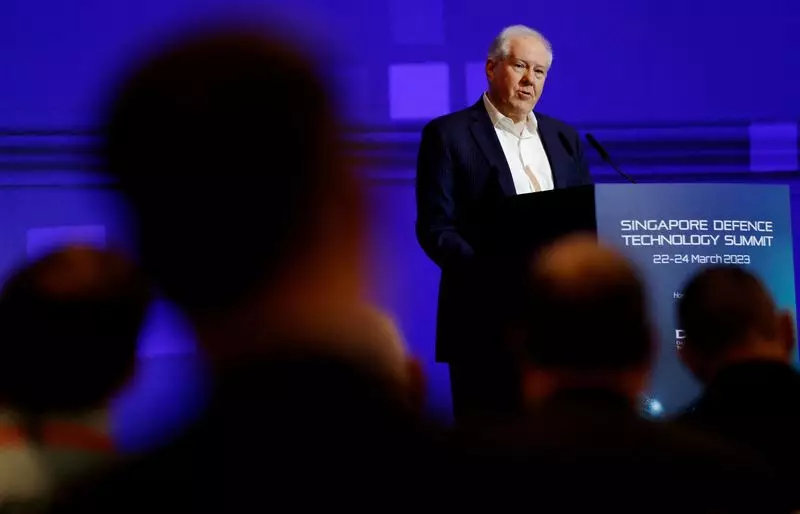The U.S. Secretary of the Air Force, Frank Kendall, recently announced that plans for the Next Generation Air Dominance (NGAD) platform will undergo close scrutiny before any decisions are made. The cost of developing a future family of fighters and drones has raised concerns, with the projected cost of the F-22 replacement exceeding $300 million each, three times the cost of the F-35. Kendall emphasized the evolving threats faced by the U.S., particularly in light of China’s rapid military advancements.
Importance of Design Concept
Kendall highlighted the significance of ensuring that the design concept for NGAD is thoroughly evaluated before moving forward with the project. He acknowledged that the original concept was conceived before certain factors, such as the severity of current threats, the introduction of Collaborative Combat Aircraft (CCA), and affordability issues, came into play. The Air Force aims to assess whether NGAD is still well-suited to addressing the threats posed by China, especially as its timeline extends into the 2030s.
Reviewing Strategic Investments
The Air Force is facing substantial costs associated with the renewal of its land-based nuclear deterrent and the development of the B-21 bomber. Kendall emphasized the need to carefully consider strategic investments before committing to the budget for 2026. Analysts at the Royal International Air Tattoo airshow noted that the comprehensive review of NGAD suggests that the Air Force is reassessing the program’s alignment with current and future threats.
Boeing and Lockheed Martin are competing for the core fighter component of the NGAD project, underscoring the competitive landscape of defense contractors vying for lucrative military contracts. The strategic rethink of NGAD has also garnered attention in Europe, where collaborative projects like Britain’s GCAP and the FCAS/SCAF initiative involving France, Germany, and Spain are under scrutiny. The potential realignment of defense priorities in European partnerships may have significant implications for future defense capabilities.
Partnerships and collaborations play a crucial role in advancing defense technologies and capabilities. The GCAP project, a joint effort between Britain, Japan, and Italy, is expected to provide an update at the upcoming Farnborough International Airshow. The exchange of ideas and expertise among global partners is essential for enhancing interoperability and coalition operations in an increasingly complex security environment.
The future of Next Generation Air Dominance hinges on strategic evaluations, collaborative initiatives, and adaptive responses to evolving threats. The Air Force’s meticulous review of the NGAD program underscores the importance of aligning defense priorities with current geopolitical realities. By fostering partnerships and investing in cutting-edge technologies, the U.S. and its allies can enhance their collective defense capabilities and effectively deter potential adversaries.

